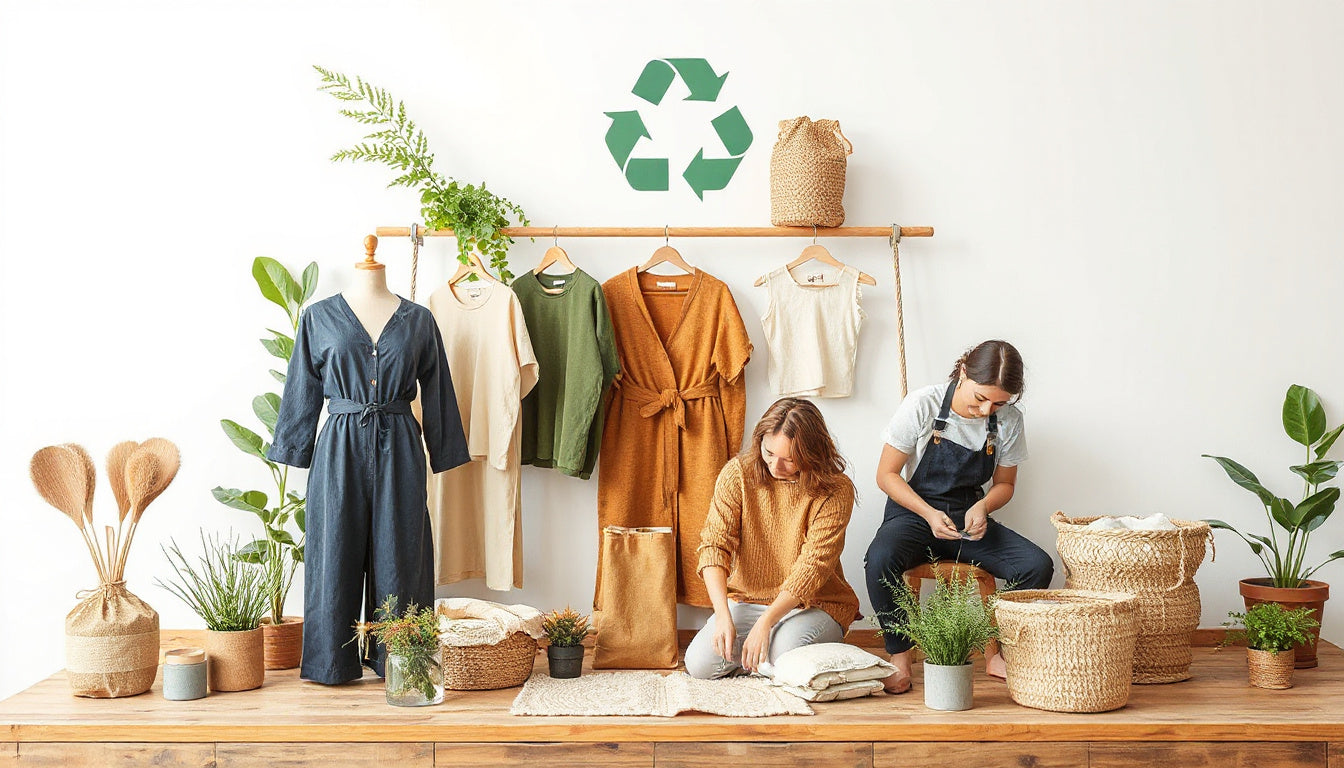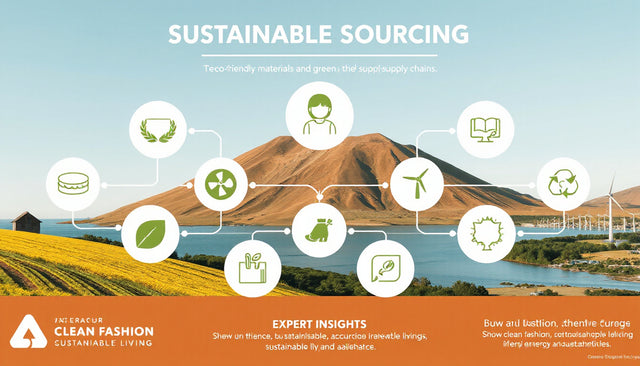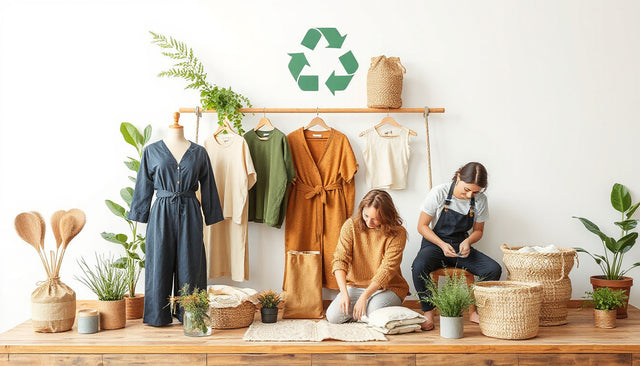The apparel industry touches life daily. It affects your clothes and your choices. Behind good style, a complex story unfolds. The responsible apparel industry shapes how clothes form, wear, and hold value. It centers on sustainability, ethics, and a circular flow of resources.
In this guide, we explore what makes apparel responsible. We look at challenges for nature and people. We show ways you can back a fashion future that honors both life and the planet.

Understanding the Responsible Apparel Industry
At its heart, responsible apparel means making and using clothes with care. It weighs nature and human impact closely. This view stands on:
- Environmental stewardship: Cut pollution, water use, carbon emissions, and textile waste.
- Ethical labor practices: Give fair wages, safe work spaces, and respect worker rights.
- Sustainable materials: Use natural, recycled, or renewable fibers instead of chemicals.
- Circular economy principles: Build clothes for lasting use, easy repair, sharing, and recycling.
This guide protects nature and lifts the many hands behind production. Our choices in apparel link us all in mindful steps.
Why Responsible Apparel Matters: The Industry’s Environmental and Social Impact
The apparel world moves huge sums. It has a market worth over USD 1.3 trillion worldwide. It also provides jobs for 300 million people. Yet, the costs come hard:
Environmental Costs
- Fashion adds 8% to global carbon emissions. If we do not change, this may rise to 26% by 2050.
- The industry uses 215 trillion liters of water each year. That is like 86 million Olympic pools.
- We discard 85% of textiles each year. Fewer than 1% return as new clothes.
- Synthetic fibers, such as polyester, fill 60% of clothing. They add tiny plastics to our oceans.
- Textile work contributes 20% of global wastewater pollution.
Social Costs
- Many garment workers—especially women—face low pay and unsafe conditions.
- Child rights sometimes break in the process.
- Chemicals used in making clothes may harm health.
The Pillars of Responsible Apparel: Key Practices Transforming Fashion
1. Circular Economy: Closing the Loop
A circular system gives clothes a longer life. This system stands on:
- Making garments for strength and repair.
- Using rental, resale, and sharing options.
- Building places to recycle textiles.
- Urging you to repair or upcycle worn pieces.
This method cuts waste, saves resources, and sparks new ideas.
2. Sustainable Materials: Choosing Wisely
Natural fibers like organic cotton, hemp, and linen win here. They:
- Break down naturally.
- Use less water and fewer chemicals.
- Cut our need for non-renewable fuels.
In contrast, man-made fabrics hit us with more carbon and plastic bits.
3. Ethical Production: Honoring People
Responsibility is meeting people’s needs. This function means:
- Paying fair wages.
- Keeping work safe and humane.
- Stopping child and forced labor.
- Uplifting worker rights.
Clear supply chains let you buy with care.
4. Reducing Fast Fashion’s Grip
Fast fashion pushes quick and cheap clothes. This path raises waste, pollution, and abuse. Responsible apparel advises:
- Choose quality over many pieces.
- Buy less but better items.
- Pick brands that pledge sustainability.
How You Can Make a Difference: Practical Tips for Conscious Consumers
- Ask questions: Find out where your clothes come from. Check the materials and the work behind them.
- Choose quality: Buy clothes built to last.
- Support sustainable brands: Look for trusted labels and clear practices.
- Buy secondhand or rent: Give clothes a longer life and cut new demand.
- Care for clothes: Repair them, wash carefully, and avoid too-frequent washing.
- Recycle responsibly: Donate or recycle old clothes instead of tossing them.
Final Thought: Progress Over Perfection
Responsible apparel is not about perfect fixes. It is about small, mindful changes—one choice, one garment, one action at a time. When you choose responsibly, you build a future in fashion that respects people and nature.
Let your wardrobe show your truth. It mirrors your style and your values. Wear a pledge to fairness, care, and the planet. Together, we shape a sustainable future in fashion.
References:
- Geneva Environment Network, Environmental Sustainability in the Fashion Industry (2025)
- ApparelMagic, The 4 Most Common Sustainable Practices in Fashion Manufacturing
- Sustainability Directory, Responsible Fashion Industry (2025)
At Design Delight Studio, we’re committed to sustainable living and ethical fashion. Every article reflects our passion for mindful choices that empower both people and the planet.





















0 comentarios